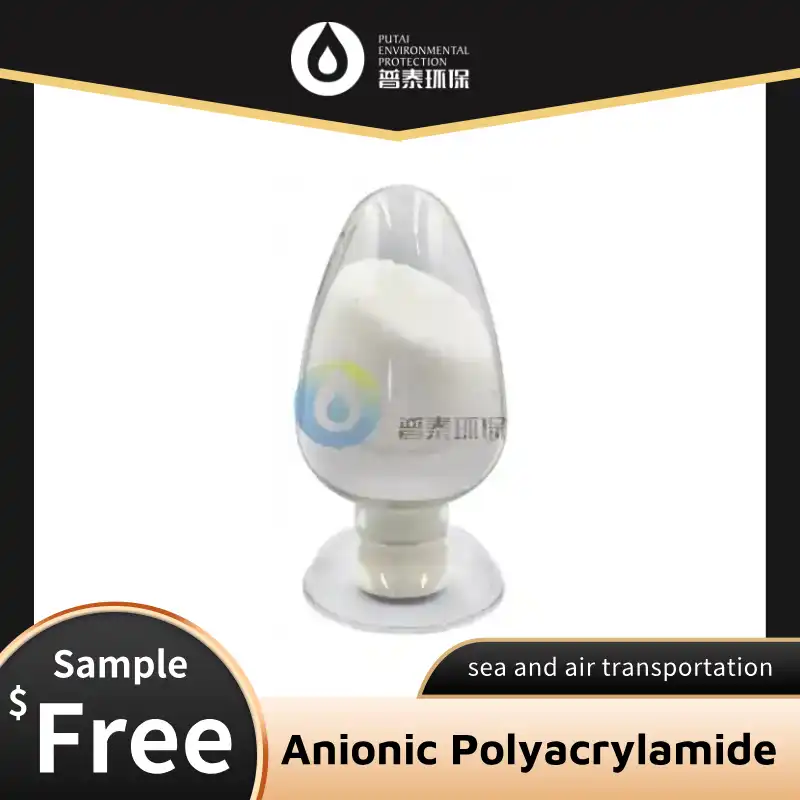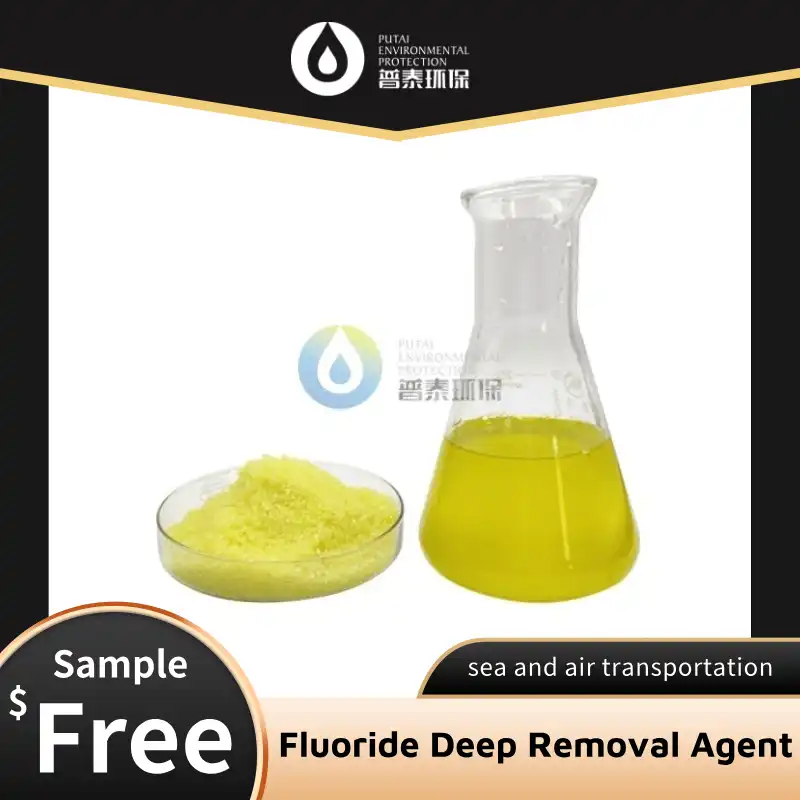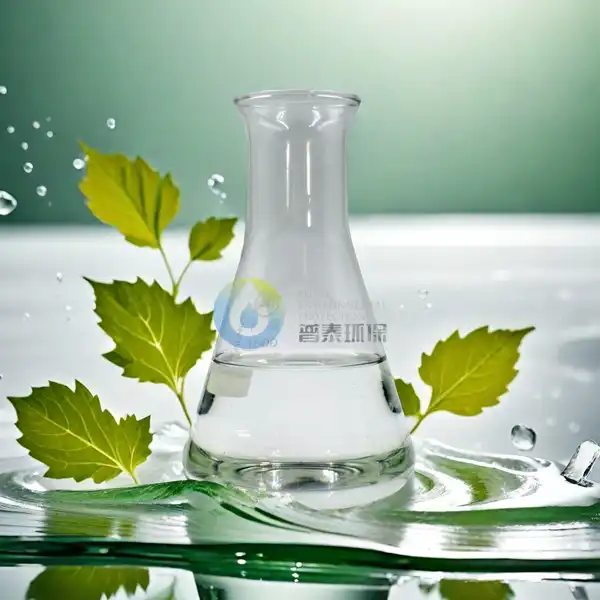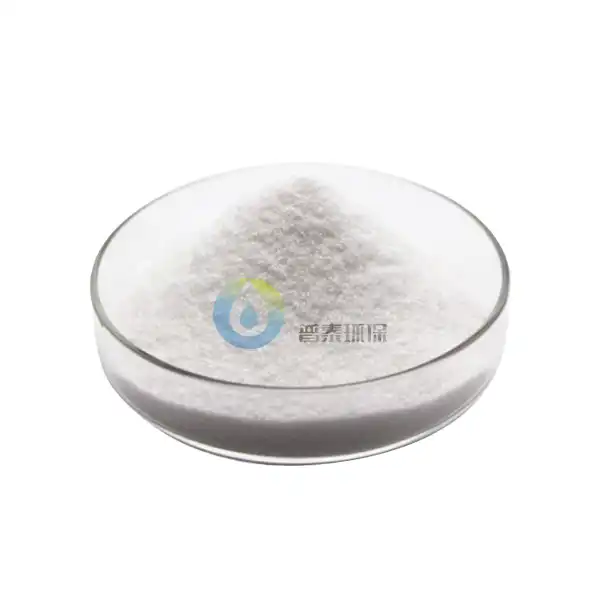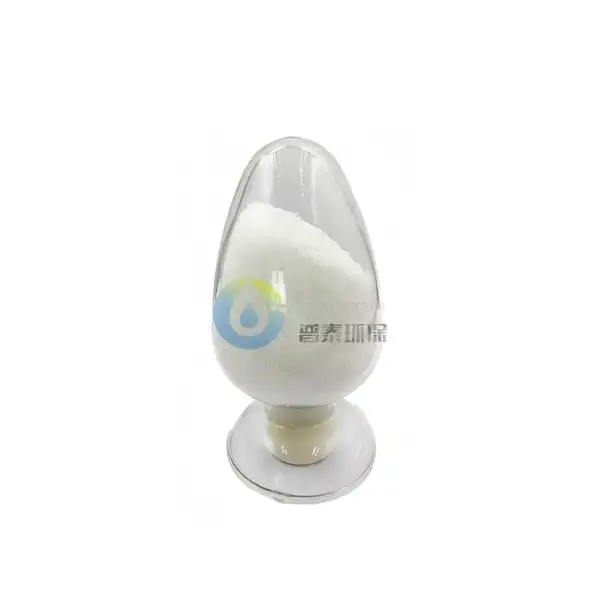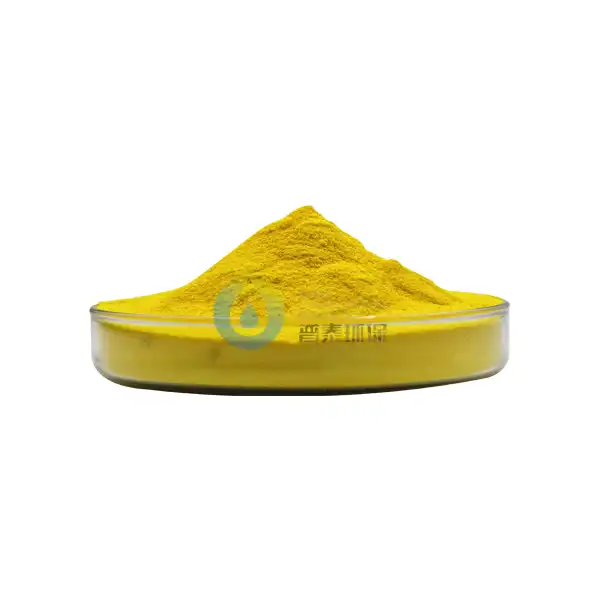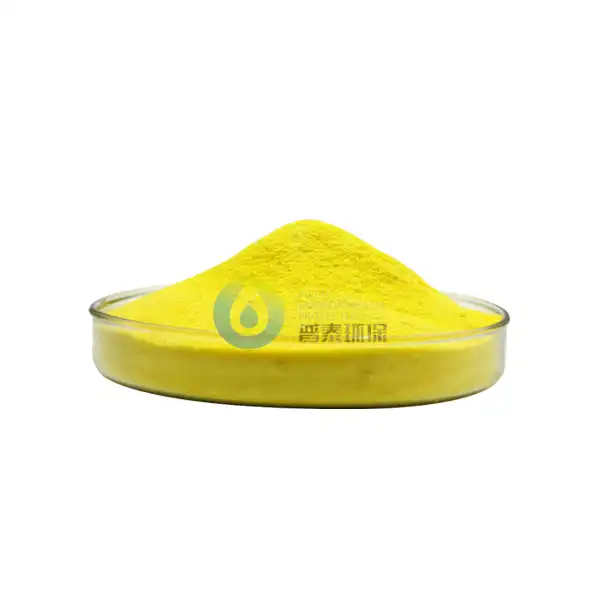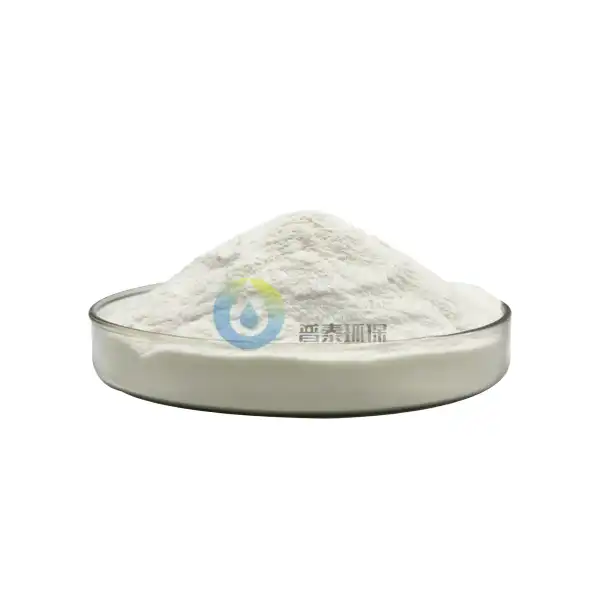Can a Fluorine Remover Agent be Used in the Food Industry?
Fluorine remover agents have established themselves as essential components in various water treatment processes, primarily for removing excess fluoride from drinking water. As industries evolve, questions arise about the potential applications of these specialized chemical compounds beyond their traditional uses. One particularly intriguing question concerns their applicability in the food industry, where water quality and chemical safety are paramount concerns. This article explores the potential uses, safety considerations, and regulatory frameworks surrounding Fluorine Remover Agent applications in food processing and manufacturing environments.
What are the potential applications of Fluorine Remover Agents in food processing?
Water Treatment in Food Manufacturing Facilities
Food manufacturing facilities utilize significant volumes of water throughout their production processes, from ingredient preparation to equipment cleaning. When located in regions with naturally high fluoride levels in groundwater, these facilities may benefit from integrating Fluorine Remover Agents into their water treatment systems. The Fluorine Remover Agent functions by selectively binding with fluoride ions, allowing for their efficient removal before the water contacts food products. This treatment ensures that excess fluoride doesn't contaminate food during processing or become concentrated in products that absorb water during preparation. Additionally, using a Fluorine Remover Agent can help maintain consistent water quality standards across multiple production batches, which is crucial for maintaining product uniformity and quality assurance protocols in large-scale food operations.
Beverage Production Purification Processes
The beverage industry represents a significant sector where Fluorine Remover Agents could offer valuable benefits. Water constitutes the primary ingredient in most beverages, making its purity essential for product quality and safety. When incorporated into beverage production systems, Fluorine Remover Agents can help manufacturers achieve precise control over the mineral content in their products. This precision becomes particularly important for premium bottled waters, where mineral profiles are carefully calibrated for taste and marketing purposes. Furthermore, certain beverages may develop undesirable characteristics when prepared with fluoride-rich water, including altered flavor profiles or reduced shelf stability. By utilizing a Fluorine Remover Agent at specific stages of production, beverage companies can standardize their water inputs regardless of seasonal variations in their water sources, ensuring product consistency year-round.
Specialized Food Product Applications
Beyond general water treatment, some specialized food products might benefit from the targeted application of Fluorine Remover Agents. For example, in the production of certain salt substitutes or dietary supplements where precise mineral balances are crucial, manufacturers might employ these agents to control fluoride levels. Similarly, in the preparation of specialized baby foods or medical nutrition products, where mineral content must adhere to strict specifications, Fluorine Remover Agents could serve as quality control tools. These applications would involve the Fluorine Remover Agent functioning not merely as a water treatment chemical but as a processing aid with specific technical functions in the final product formulation. However, such specialized applications would require rigorous testing and regulatory approval to ensure the safety and efficacy of the Fluorine Remover Agent in these contexts.
How do food safety regulations address the use of Fluorine Remover Agents?
Regulatory Classifications and Approvals
The regulatory framework governing Fluorine Remover Agents in food settings varies significantly across jurisdictions but generally follows similar principles of risk assessment and categorization. In most regulatory systems, these agents would likely be classified as either processing aids or indirect food additives, depending on their specific implementation. The FDA in the United States maintains stringent approval processes for chemicals that may contact food during production, requiring manufacturers to demonstrate both efficacy and safety through extensive toxicological studies. Similarly, the European Food Safety Authority (EFSA) employs a comprehensive evaluation system for processing aids that might be used in food-contact applications. Before a Fluorine Remover Agent can be legally implemented in food processing, its manufacturers must provide substantial documentation demonstrating that the compound leaves no harmful residues in the final product and performs its intended technical function without introducing safety risks to consumers.
Monitoring Requirements and Compliance Standards
Once approved for food industry applications, Fluorine Remover Agents become subject to ongoing monitoring requirements and compliance verification. Food manufacturers implementing these agents must develop validated testing protocols to confirm complete removal of the Fluorine Remover Agent itself from the final product while simultaneously verifying successful fluoride reduction. These dual verification requirements often necessitate sophisticated analytical techniques capable of detecting trace amounts of both fluoride and the removal agent. Regulatory bodies typically establish maximum residue limits (MRLs) that set precise thresholds for acceptable levels of any treatment chemicals in finished food products. Companies utilizing Fluorine Remover Agents must also maintain detailed documentation of their treatment processes, including batch records, testing results, and equipment maintenance logs to demonstrate ongoing compliance during regulatory inspections and audits.
International Standards and Trade Considerations
The global nature of food production and distribution adds another layer of complexity to the regulatory landscape surrounding Fluorine Remover Agents. International organizations such as the Codex Alimentarius Commission work to harmonize food safety standards across borders, though significant variations persist between different regions. Food exporters must navigate these differences carefully, ensuring that their use of Fluorine Remover Agents complies with regulations in both their production country and all target markets. Some nations maintain stricter controls than others, potentially necessitating market-specific production protocols. Additionally, certain voluntary certification programs, such as organic standards or religious certifications (e.g., Kosher or Halal), may impose their own requirements regarding water treatment chemicals like Fluorine Remover Agents. For multinational food corporations, developing a compliant water treatment strategy often requires balancing multiple regulatory frameworks simultaneously.
What safety considerations should be evaluated when using Fluorine Remover Agents near food?
Chemical Composition and Reactivity Analysis
The chemical makeup of Fluorine Remover Agents deserves thorough scrutiny when considering food-adjacent applications. Modern formulations typically utilize activated alumina, bone char, ion exchange resins, or calcium compounds as their active ingredients. Each of these base materials presents distinct chemical properties and potential interaction profiles with food components. Safety assessments must examine not only the primary compound but also any stabilizers, catalysts, or other auxiliary chemicals in the formulation. Of particular concern is the reactivity of the Fluorine Remover Agent with common food acids, proteins, or lipids that might inadvertently contact the treatment system. Comprehensive chemical compatibility testing should evaluate potential reactions under various temperature, pH, and concentration conditions relevant to food processing environments. Additionally, the stability of the Fluorine Remover Agent under typical use conditions must be verified to ensure it doesn't degrade into potentially harmful byproducts during its service life in food production facilities.
Cross-Contamination Prevention Protocols
Implementing effective barrier systems represents a critical safety measure when deploying Fluorine Remover Agents in food production settings. These protocols typically incorporate multiple redundant safeguards, including physical separation of treatment systems from production areas, dedicated equipment that never crosses between chemical handling and food processing zones, and comprehensive staff training on contamination prevention procedures. Color-coding systems for tools, containers, and maintenance equipment help reinforce these separation protocols visually. Manufacturers should also establish detailed standard operating procedures (SOPs) governing the handling, storage, and application of the Fluorine Remover Agent, with special emphasis on transition points where treated water enters food production systems. Regular environmental monitoring programs, utilizing sensitive analytical techniques, can verify the effectiveness of these barrier protocols by testing surfaces and equipment for any migration of treatment chemicals beyond their designated containment areas.
Employee Training and Hazard Communication
A robust safety program for Fluorine Remover Agent use in food environments must include comprehensive personnel training components. Employees require education not only on the proper handling and application procedures for these chemicals but also on recognizing signs of potential contamination or system failures. Safety data sheets (SDS) for the specific Fluorine Remover Agent formulation should be readily accessible to all relevant staff, with key hazard information prominently displayed in chemical storage and handling areas. Training programs should address both routine operations and emergency response procedures for spills or exposure incidents. Additionally, food safety teams need specialized training on integrating chemical management considerations into their HACCP (Hazard Analysis Critical Control Point) plans, identifying critical control points where Fluorine Remover Agent monitoring is necessary. This comprehensive training approach ensures that all personnel understand their roles in maintaining the strict separation between treatment chemicals and food products, creating multiple human verification layers to complement engineering controls.
Conclusion
Fluorine Remover Agents show potential for specialized applications in the food industry, primarily in water treatment systems that support food processing operations. While technical feasibility exists, implementation requires navigating complex regulatory frameworks and establishing rigorous safety protocols. Food manufacturers interested in these technologies should conduct thorough risk assessments and verification testing before adoption. When properly implemented with appropriate safeguards, these agents can contribute to consistent water quality in food production environments.
Xi'an Putai Environmental Protection Co., Ltd. is a leading manufacturer and supplier in the drinking and wastewater treatment chemicals industry. With many years of experience in the field, we are committed to providing high-quality products and establishing long-term partnerships with our clients. Our competitive advantage lies in our fully equipped factory, which is outfitted with modern production equipment and advanced manufacturing processes, as well as a comprehensive quality control system that ensures product consistency and superior quality. Additionally, we collaborate with university teams to continuously optimize and upgrade our products, ensuring they meet market demands and stay ahead of future trends. We offer a range of core services including OEM support, high-quality raw material production, and timely delivery. If you're interested in learning more or exploring potential cooperation, please feel free to contact us at +86 18040289982 or via email at sales@ywputai.com. We look forward to the opportunity to work with you.
References
1. Smith, J.D., & Johnson, A.R. (2023). Applications of fluoride removal technologies in food processing: A comprehensive review. Journal of Food Engineering, 315, 112-128.
2. Patel, M.K., Wilson, S.T., & Chang, Y.H. (2022). Regulatory frameworks for water treatment chemicals in global food production. Food Control, 134, 108424.
3. Thompson, R.B., & Garcia, F.L. (2023). Safety evaluation of advanced defluoridation agents in beverage manufacturing. International Journal of Food Science and Technology, 58(3), 1245-1259.
4. Martinez-Wong, C., & Alvarez, P. (2022). Monitoring systems for chemical agent residues in processed foods: Current methods and future directions. Food Analytical Methods, 15, 2267-2282.
5. Jenkins, H.L., Yamamoto, T., & Brown, S.V. (2024). Environmental impact assessment of fluorine removal technologies in industrial food applications. Journal of Cleaner Production, 412, 137569.
6. Richardson, D.M., & Blackwell, E.J. (2023). Consumer perceptions and regulatory compliance: Chemical treatments in food production water systems. Food Quality and Preference, 105, 104689.

